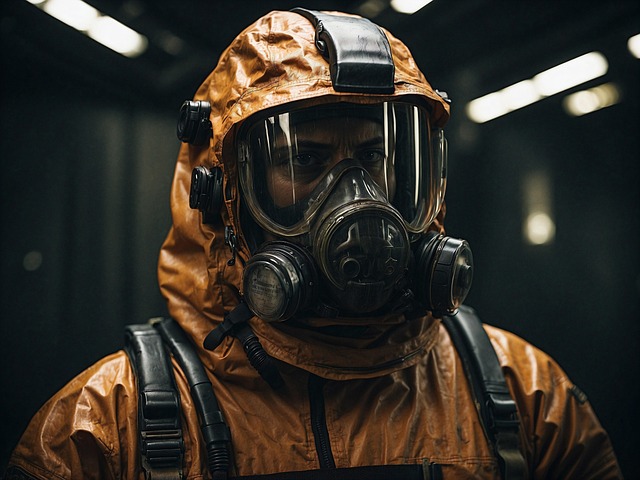
How Chemicals Interact with the Human Body
Chemicals are an integral part of modern life, and they interact with the human body in various ways. Some chemicals are essential for health, while others can be harmful.
Routes of Chemical Exposure
– Inhalation – Breathing in chemical vapors, dust, or fumes can affect the respiratory system.
– Skin Absorption – Some chemicals penetrate the skin and enter the bloodstream.
– Ingestion – Accidental consumption of hazardous chemicals can lead to poisoning.
– Injection – Exposure through medical treatments, accidents, or contaminated equipment.
Short-Term vs. Long-Term Effects
– Acute Exposure – Immediate reactions like irritation, dizziness, or breathing difficulties.
– Chronic Exposure – Long-term effects such as cancer, neurological disorders, or organ damage.
Common Toxic Chemicals and Their Effects
Many chemicals have toxic effects on human health, depending on their concentration and duration of exposure.
Heavy Metals
– Lead – Can cause neurological damage, developmental delays, and high blood pressure.
– Mercury – Affects the nervous system and can lead to cognitive impairment.
– Cadmium – Linked to kidney disease, bone damage, and respiratory problems.
Volatile Organic Compounds (VOCs)
– Found in paints, cleaning products, and industrial processes.
– Can cause headaches, nausea, and long-term organ damage.
Pesticides and Herbicides
– Prolonged exposure has been linked to endocrine disruption and increased cancer risk.
Industrial Chemicals
– Asbestos – Causes lung diseases, including mesothelioma.
– Benzene – Known to contribute to leukemia and other blood disorders.
Safety Regulations and Exposure Limits
To protect public health, governments and organizations have established strict guidelines for chemical safety.
Occupational Safety Standards
– OSHA (Occupational Safety and Health Administration) – Sets workplace exposure limits.
– NIOSH (National Institute for Occupational Safety and Health) – Provides research and recommendations.
Environmental Regulations
– EPA (Environmental Protection Agency) – Regulates industrial chemical emissions and waste disposal.
– REACH (Registration, Evaluation, Authorisation, and Restriction of Chemicals) – European regulation ensuring chemical safety.
Personal Protective Measures
– Using Personal Protective Equipment (PPE) such as gloves, masks, and goggles.
– Proper ventilation in workplaces handling hazardous chemicals.
– Regular monitoring and risk assessment for chemical exposure.
The Future of Non-Toxic and Biodegradable Chemicals
Scientists are continuously developing safer alternatives to harmful chemicals, reducing health risks and environmental impact.
Green Chemistry Initiatives
– Designing chemicals that break down safely in the environment.
– Replacing toxic solvents with water-based or plant-derived alternatives.
Advances in Safe Materials
– Development of biodegradable plastics to reduce pollution.
– Use of non-toxic coatings and flame retardants in manufacturing.
Nanotechnology for Safer Chemicals
– Creating targeted delivery systems that reduce exposure risks.
– Engineering new materials with lower toxicity levels.
Conclusion
Chemicals play a significant role in human health, both beneficial and harmful. By understanding their interactions, implementing safety measures, and promoting non-toxic alternatives, we can minimize risks and create a safer environment for future generations.
City Chemical LLC is a top producer of chemicals like: Calcium Fluoride CAS: 7789-75-56, Sodium Glycerophospate CAS: 1555-56-2, Silver Nitrate CAS: 7761-88-8, Amylose, Potato CAS: 9005-82-7, Ammonium Chloride, ACS CAS: 12125-02-9.
Visit City Chemical at www.citychemical.com.